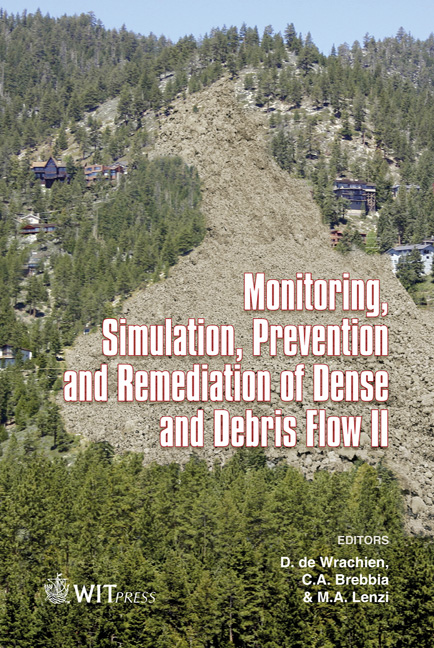Distribution Of Aerial Hazard Maps Of Debris Flow On A Social Network Service
Price
Free (open access)
Transaction
Volume
60
Pages
8
Page Range
33 - 40
Published
2008
Size
1,525 kb
Paper DOI
10.2495/DEB080041
Copyright
WIT Press
Author(s)
T. Moriyama, H. Nakayama, K. Kon, M. Hirano & M. Hikida
Abstract
Disaster prevention information systems should maintain high levels of reliability for information. Internet Bulletin Board Systems (BBS) occasionally include inaccurate, malicious or incorrect information. Anonymous posts to bulletin boards are particularly unreliable. BBS should not serve as primary means for official communication. Moreover, most local governments are hesitant to issue evacuation orders despite the urgency of timely announcements because of the suddenness of debris flows. In the current study, we developed a disaster prevention information system using a combined Geographic Information System (GIS) and Social Network Service (SNS) called giSight. The function of SNS is to keep the reliability of information at a high level by registering users. A hazard map of landslide and debris flow is indicated on the GIS with high-resolution aerial photograph tile maps. This hazard map identifies the mesh polygon with dangerous conditions in real-time, i.e. dynamically. This system is not only useful for disaster prevention, but is also expected to facilitate the exchange of information by residents in normal circumstances. Keywords: debris flow, hazard map, critical rainfall, social network service, disaster information system, Geographic Information System. 1 Introduction Evacuation of residents is occasionally necessary to prevent the loss of life from debris flow following intense rainfall. However, official evacuation orders by
Keywords
debris flow, hazard map, critical rainfall, social network service, disaster information system, Geographic Information System.





